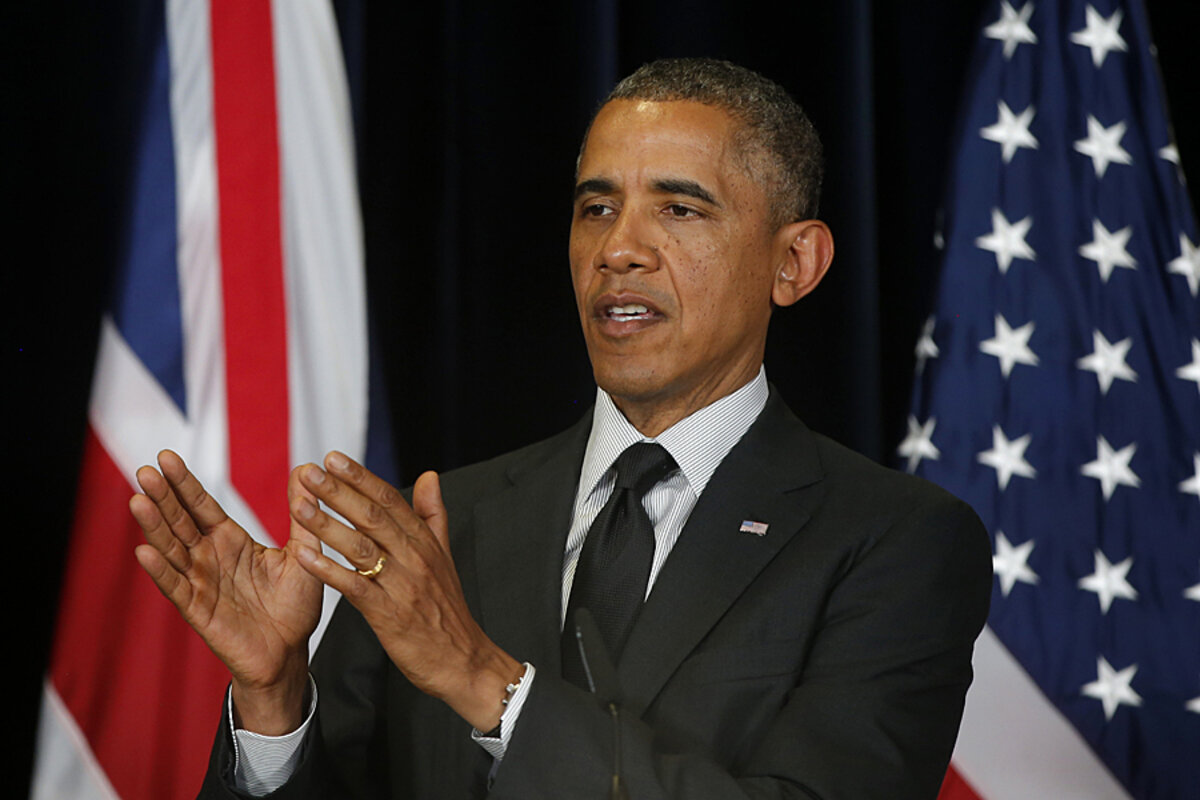How can tax benefits for retirement saving become more fair?
Loading...
Tax expenditures for retirement saving top $100 billion annually—from 401(k)-type plans ($61.4 billion) to IRAs ($17.6 billion) to tax preferences for pensions ($35.1 billion)—but these subsidies disproportionately benefit higher-income households and do relatively little to improve the balance sheets of low- and moderate-income Americans. According to , the bottom 40 percent of households received just 3 percent of the tax benefits for saving in defined-contribution accounts such as 401(k)s.
This regressive distribution of benefits—combined with concerns about the incentives’ cost and efficacy—has led to calls for reform. President Obama would limit the tax saving from the deduction for retirement contributions to 28 percent of the amount contributed and impose on the amount savers can accumulate in tax-deferred accounts. In a 2013 , Karen Dynan proposed to combine a cap on benefits for retirement saving contributions with an expanded Saver’s Credit. And the Bowles-Simpson deficit reduction plan would tighten limits on contributions to qualified retirement saving plans.
To help better understand the distributional effects of these proposals, my colleagues Barbara Butrica, Pamela Perun, and Eugene Steuerle and I the impacts of reforms to reduce the share of saving incentives that benefit upper-income households. In one set of simulations, we found that reducing 401(k) contribution limits from the 2013 limit of $51,000 to the lesser of $20,000 or 20 percent of salary would only affect the lifetime taxes of 9 percent of households, and roughly two-thirds of affected households would be in top 40 percent of the income distribution.
We also looked at what would happen if Congress replaced the exclusion for retirement saving with a 25 percent refundable credit. This plan, which would be roughly revenue-neutral, would distribute saving benefits much more equally: the top 20 percent of taxpayers would see a decline in tax preferences while the bottom 80 percent would get a boost, on average. But it would have the downside of reducing lifetime saving for many high-income households and potentially lowering national saving.
The current system’s failure to encourage substantial saving by low- and middle-income workers makes it ripe for reform. Redesigning saving incentives to benefit workers across the income spectrum, instead of just those at the top, is a key step towards improved retirement security nationwide.




